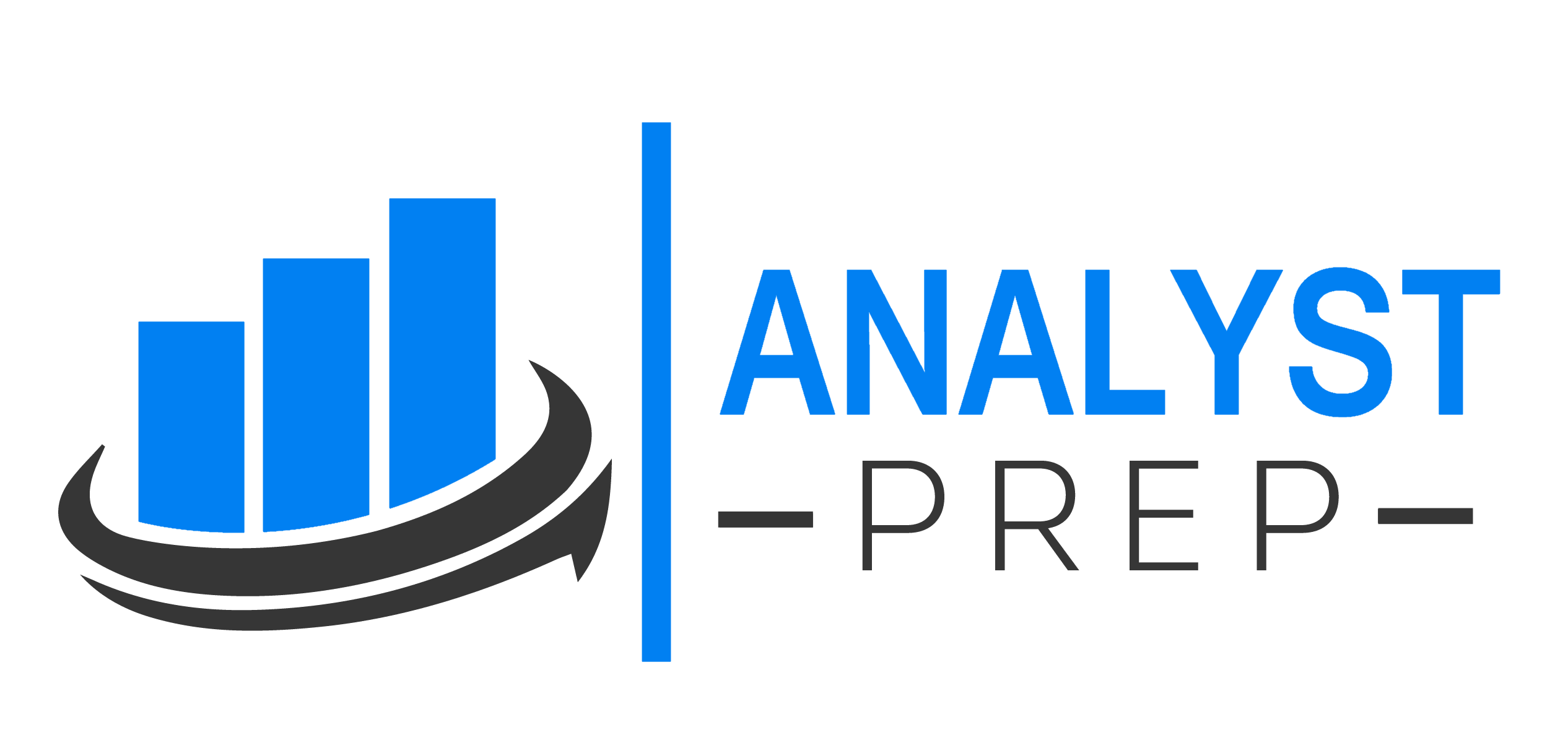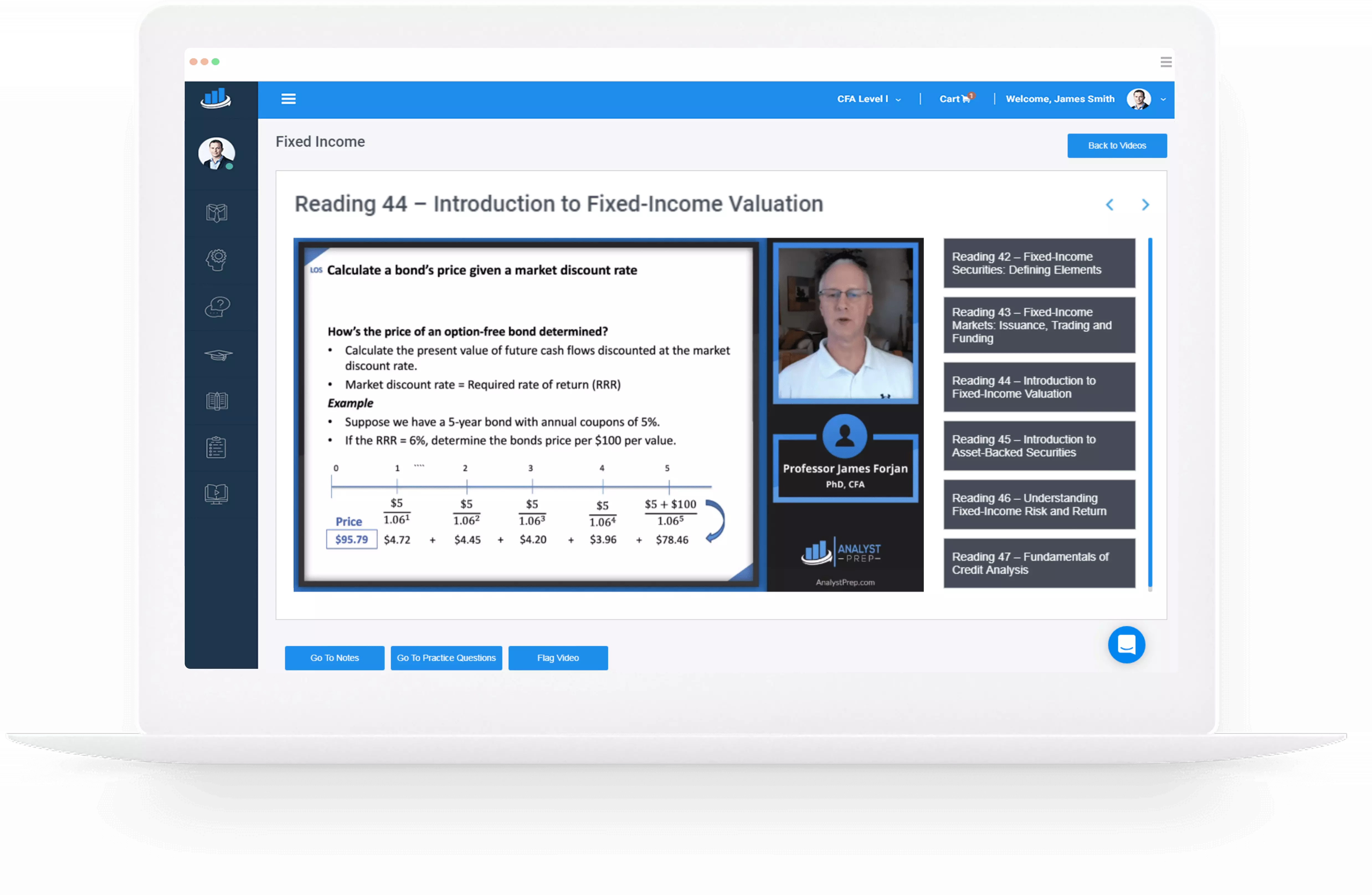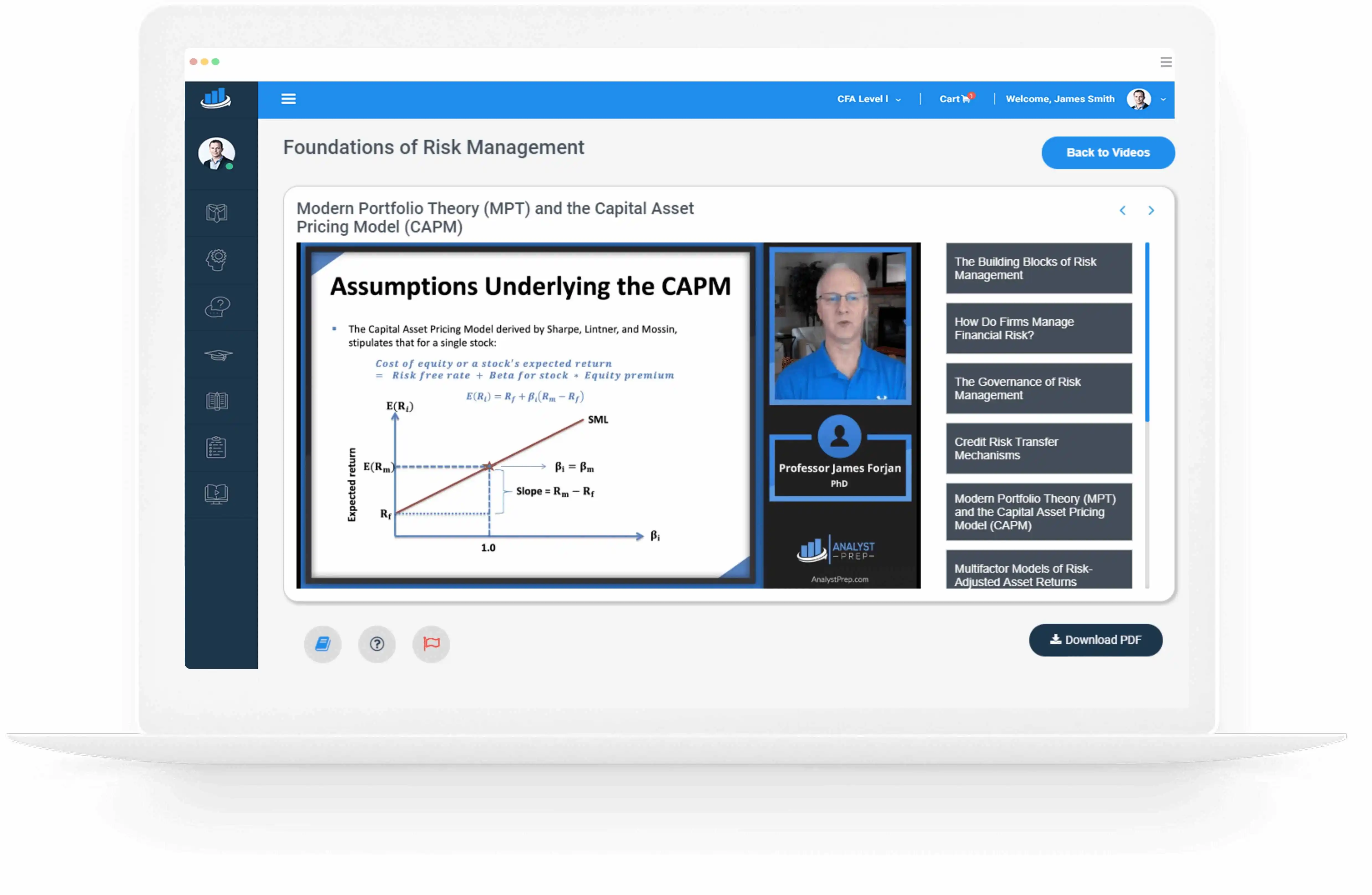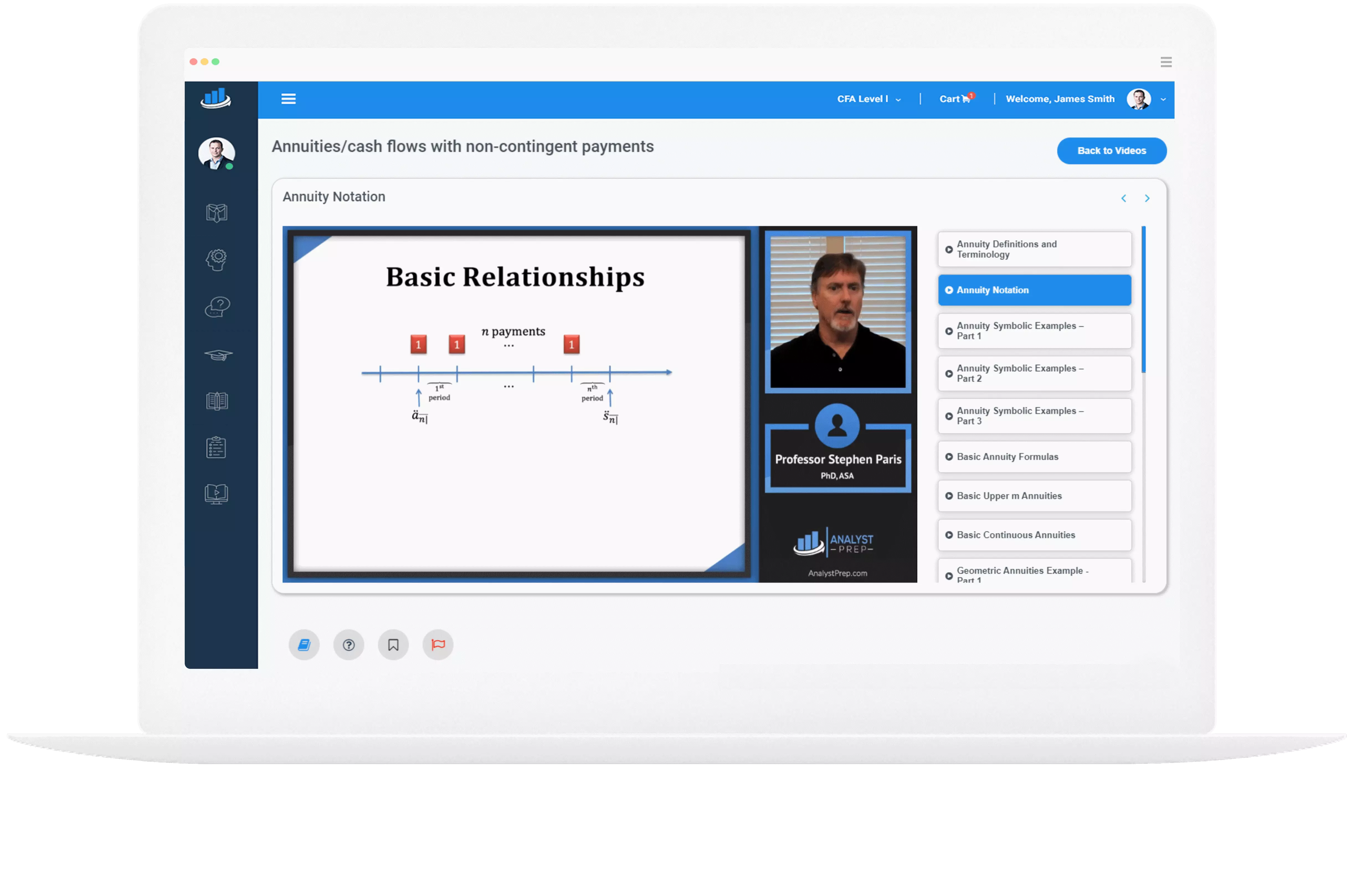Factors Influencing Yield Spreads and Volatility
Corporate bonds and other debt with higher credit risk typically have higher yields compared to default-free bonds like US Treasuries. These yield differences, measured in basis points, can widen due to factors such as declining creditworthiness (credit migration or downgrade…
Credit Ratings: Uses and Limitations
Credit Rating Agencies Overview Major credit rating agencies like Moody’s, Standard & Poor’s, and Fitch Ratings critically influence credit markets. They evaluate issuer credit risk using quantitative and qualitative methods, resulting in credit ratings for most corporate and sovereign bonds….
Understanding Credit Risk
Credit risk arises when there is a potential for a borrower to default on their obligations, specifically by failing to fulfill their interest and principal payment obligations on a bond or loan. This particular risk, which originates from a contractual…
Deferred Tax Items Disclosures
Income tax disclosures included in the notes to financial statements can provide analysts with very useful information. Therefore, including income tax disclosures in the notes to financial statements can have a material impact on financial statement analysis, including the derivation…
Effective Tax Rate, Statutory Tax Rate, and Cash Tax Rate
Income taxes payable are mainly influenced by the geographic distribution of taxable income of the company and the corresponding tax rates in each location, but the nature of the business can also have an impact. For instance, some companies receive…
Deferred Tax Liability and Asset
Recall that deferred tax assets and liabilities originate from temporary differences between financial accounting profit and taxable income. Specifically, deferred tax assets indicate taxes that have already been paid or losses carried forward from prior periods but are not yet…
Accounting Profit and Taxable Income
Accounting profit, also known as income before taxes, is reported on a company’s income statement according to prevailing accounting standards. By definition, accounting profit does not account for income tax expense. Taxable income is the portion of a company’s income…
Use of Ratio Analysis in Earnings Forecast and Modeling
Analysts often need to forecast future financial performance, such as EPS forecasts and equity valuations. This process involves using data about the economy, industry, and company alongside the results of financial analyses like common-size and ratio analyses and the judgment…
Industry-specific Ratios
There is no universally accepted definition or classification of ratios. Ratios indicate a company’s performance and value, but their significance varies by industry. Industry-specific ratios, like same-store sales changes in retail, help distinguish growth sources. In regulated sectors like banking,…
DuPont Analysis of Return on Equity
Recall that, return on equity (ROE) measures the return a company generates on its equity capital. To understand the factors driving a company’s ROE, it is helpful to decompose ROE into its component parts, a technique often referred to as…




